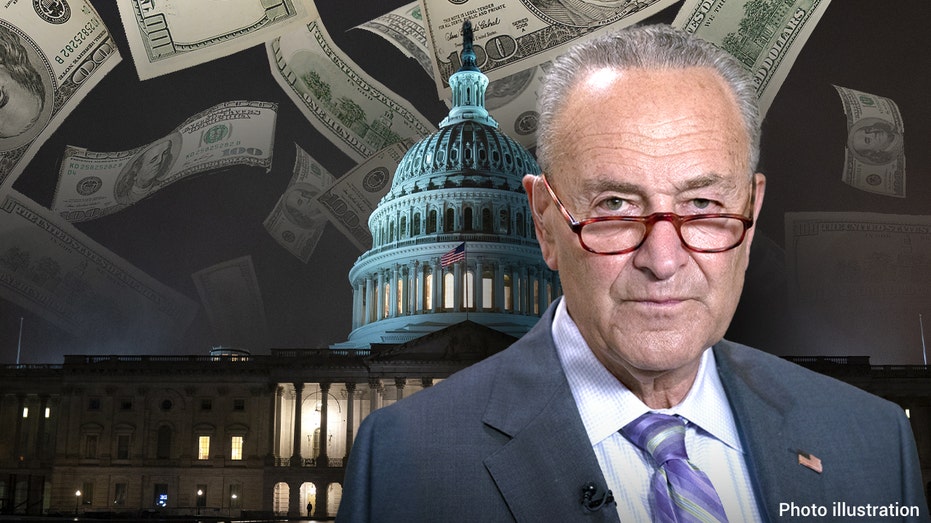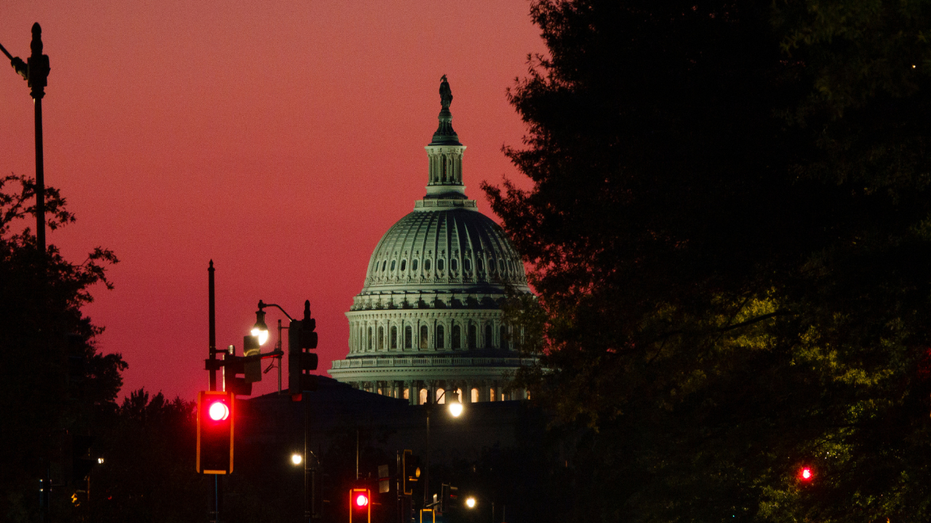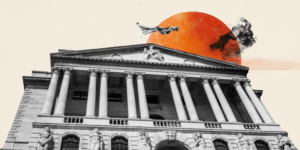A partial shutdown of the federal government may begin at midnight barring action by Congress on a spending bill to fund operations which could spark concern over the economic impact, although it’s unlikely to have a significant impact based on past shutdowns.
The government is funded until 11:59:59 p.m. Eastern Time on Tuesday night, when current funding that runs through the end of fiscal year 2025 ends – creating the potential for a government shutdown to begin with the onset of FY2026 on Wednesday.
Government shutdowns have occurred periodically since 1995, when Republicans gained control of Congress for the first time in 40 years. They typically occur amid disagreements between lawmakers and the White House over spending, taxes and other fiscal matters. Non-essential workers are furloughed during the shutdown, while essential workers remain on the job – though they typically aren’t paid until the lapse in government funding ends.
“History suggests that a government shutdown will have limited economic and financial market impact, but there is potential for some market turbulence in the coming days,” Doug Beath, global equity strategist at Wells Fargo Investment Institute, said in a note.
AIRLINES WARN GOVERNMENT SHUTDOWN COULD DISRUPT FLIGHTS, STRAIN AVIATION SYSTEM
“The shutdown suspends government data publication at a time when the Federal Reserve is watching data carefully to decide on further rate cuts. There are private-sector job data and inflation readings from surveys of manufacturers, but these may not be conclusive,” Beath added while noting that potential federal job losses are another consideration.
Federal Reserve Bank of Chicago President Austan Goolsbee said in a discussion moderated by FOX Business’ Edward Lawrence at the 2025 Midwest Agriculture Conference that while the Fed is effectively on the sidelines of government shutdowns, the level of economic impact depends on the duration of the funding lapse as well as its scale across the federal government.
“Historically, not-super-wide shutdowns that don’t last for very long kind of do nothing to the aggregate economy because, yeah, they weren’t paid, but people’s spending doesn’t go down because they know they’re going to be paid eventually,” Goolsbee explained.
PARTISAN STANDOFF THREATENS CRUCIAL ECONOMIC DATA, LEAVING FED – AND FAMILIES – IN THE DARK

“So it depends how long this goes. It depends how wide it is. If there are reasons why this shutdown looks different than previous ones, then we would have to revise. But that’s kind of the starting point,” he added.
An analysis by Goldman Sachs economists noted that most government shutdowns have been short and that the longest shutdown in 2018 lasted 35 days – though it only impacted about 15% of the federal government as Congress had passed appropriations funding about 85% of operations at that point.
The Goldman Sachs report noted that for each week of a government shutdown, federal furloughs would reduce quarter-on-quarter economic growth by about 0.15 percentage points of GDP in Q4, with an equal-sized positive effect on Q1 growth assuming the shutdown ends by then.
It also found that a shutdown could temporarily raise the unemployment rate, but the effect should be minimal as furloughed workers are reported as unemployed on temporary layoff.
HOUSE DEMOCRATS’ GOVERNMENT FUNDING PROPOSAL GOES DOWN IN FLAMES WITH SHUTDOWN DEADLINE IN HOURS

The firm’s report explained that past shutdowns have had a mixed impact on financial markets, with no clear pattern for how equities, interest rates and the U.S. dollar responded. Still, it noted 10-year Treasury yields tended to dip while the dollar has typically weakened.
A report by the Office of Management and Budget on the effects of the FY2014 shutdown noted there are some areas of economic disruption caused by the shutdown.
Among those were a halt to permitting, reviews and licensing (such as for energy projects); suspension of IRS income verification for financial institutions vetting borrowers; a halt to hundreds of small business loans; as well as disruptions to tourism and travel from the closure of national parks.
Read the full article here















